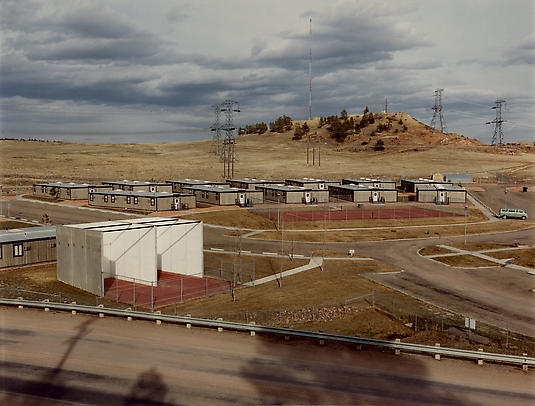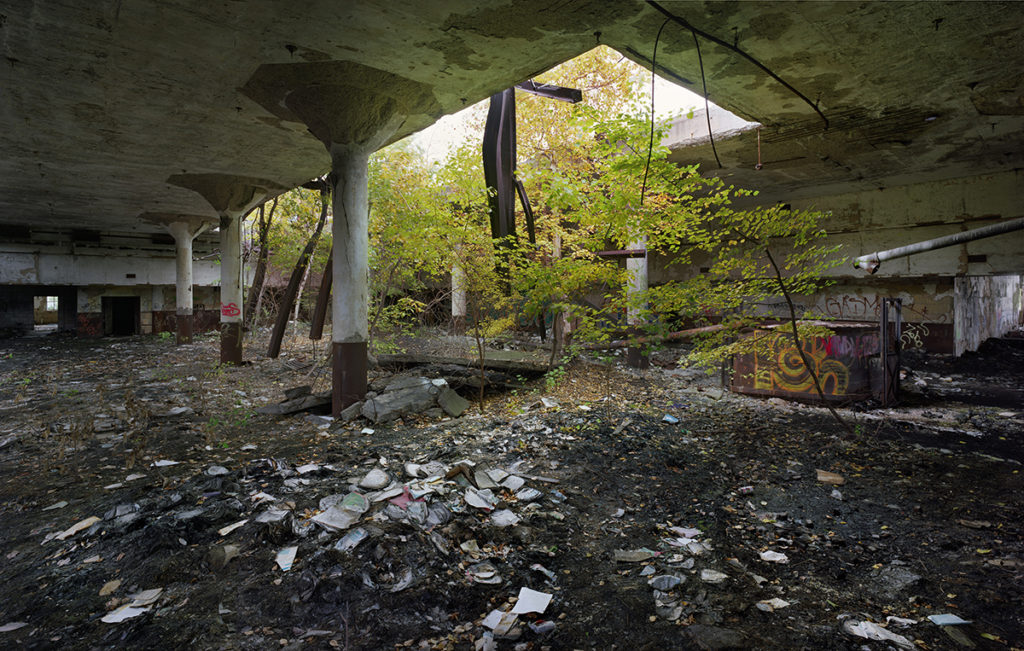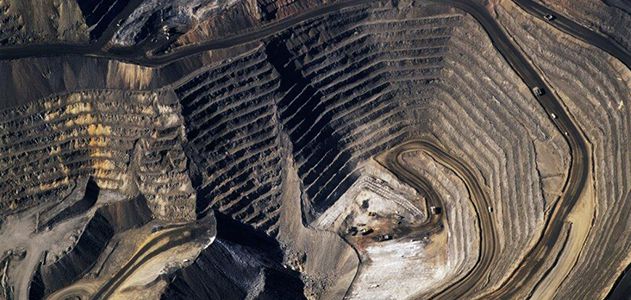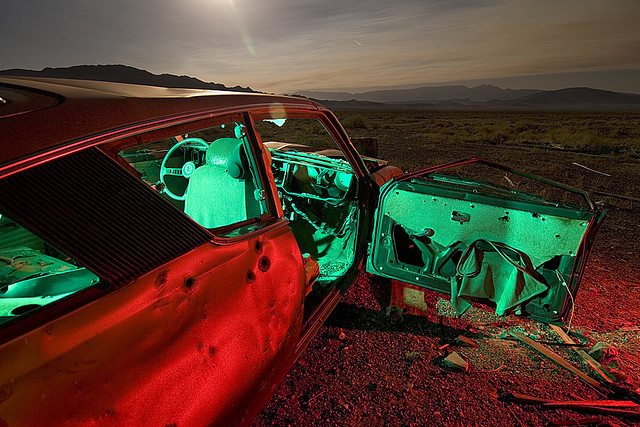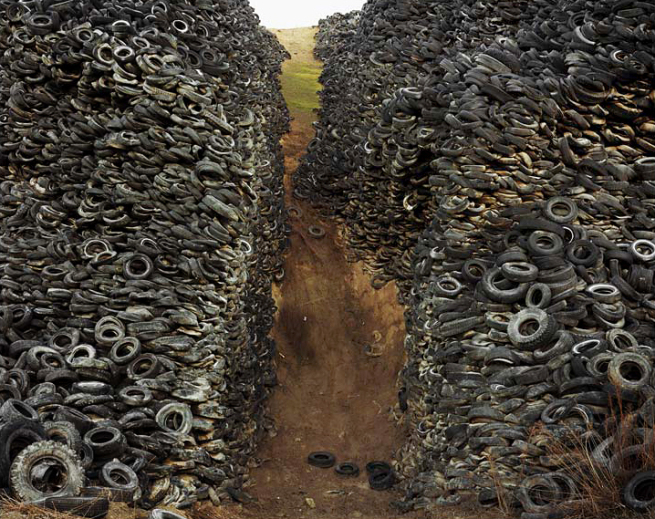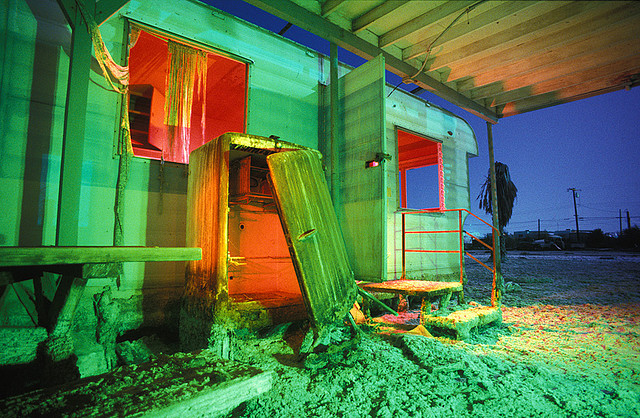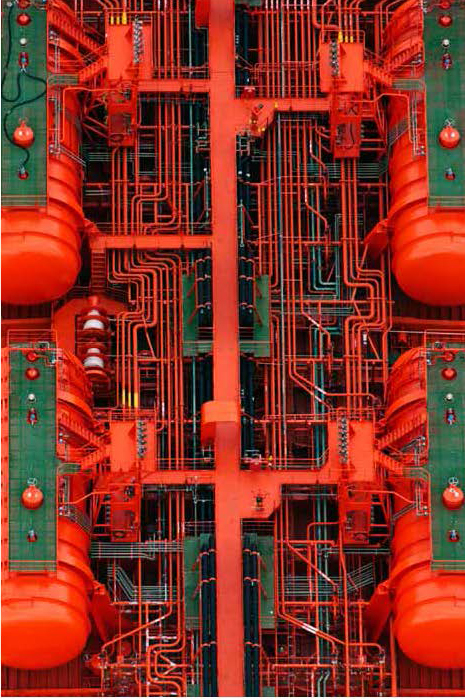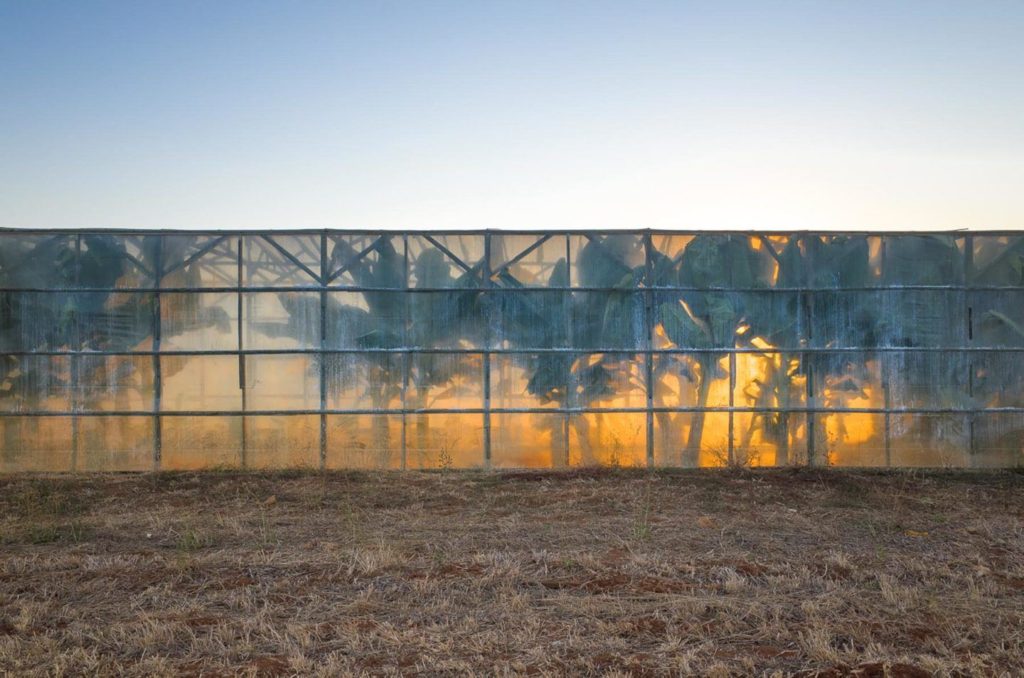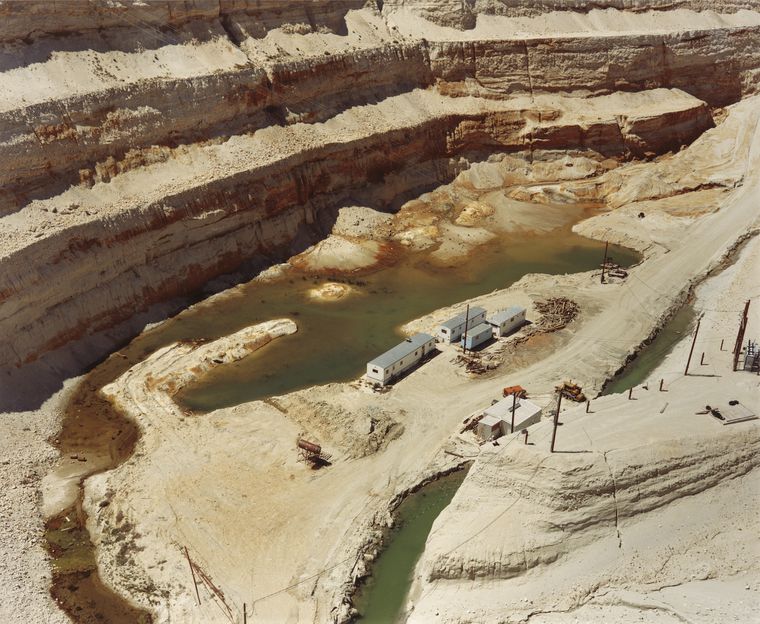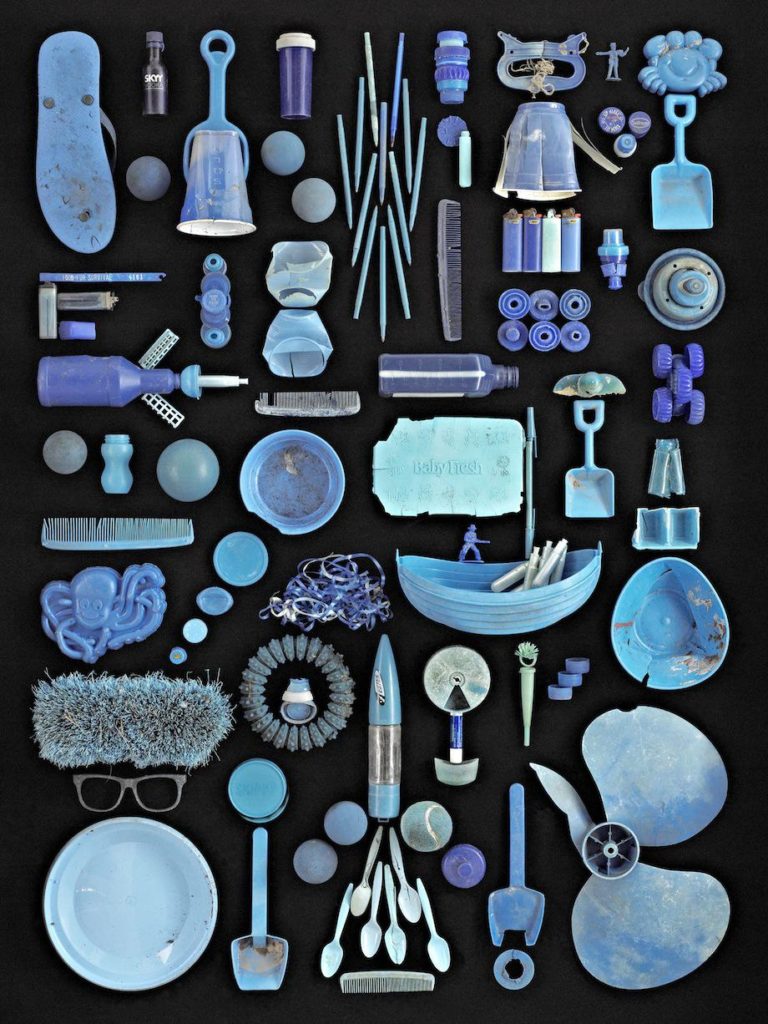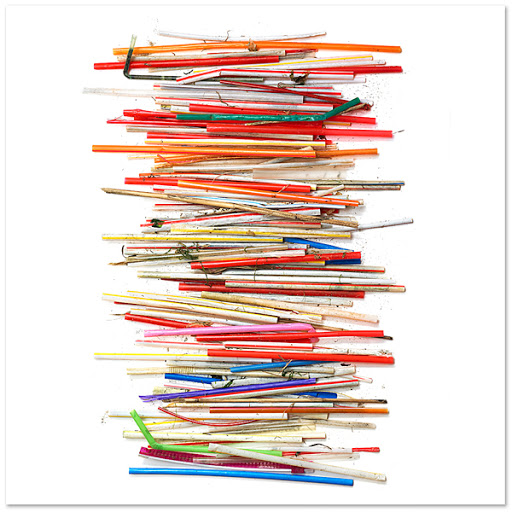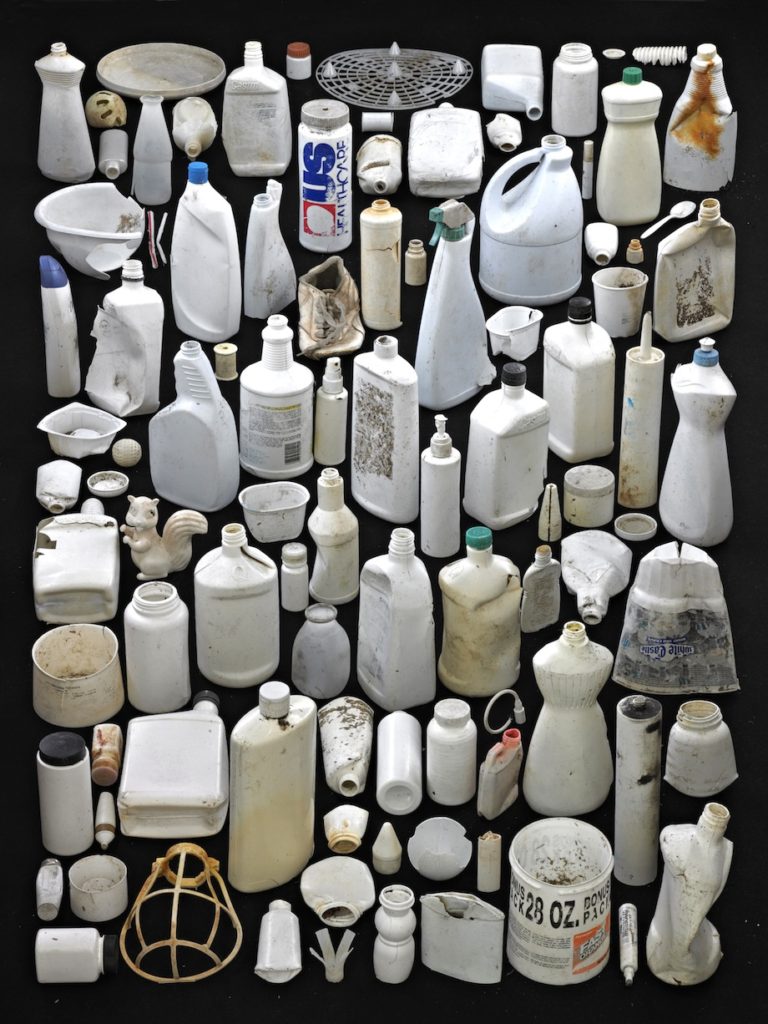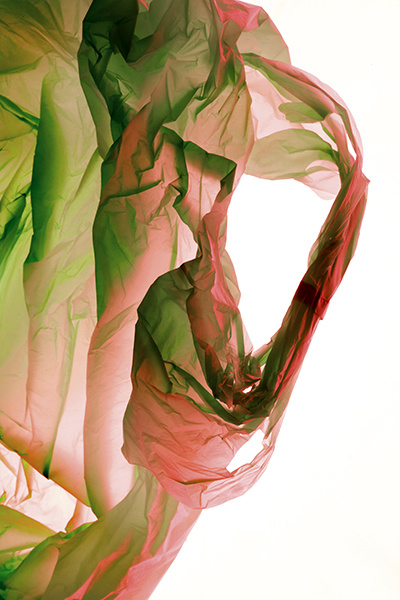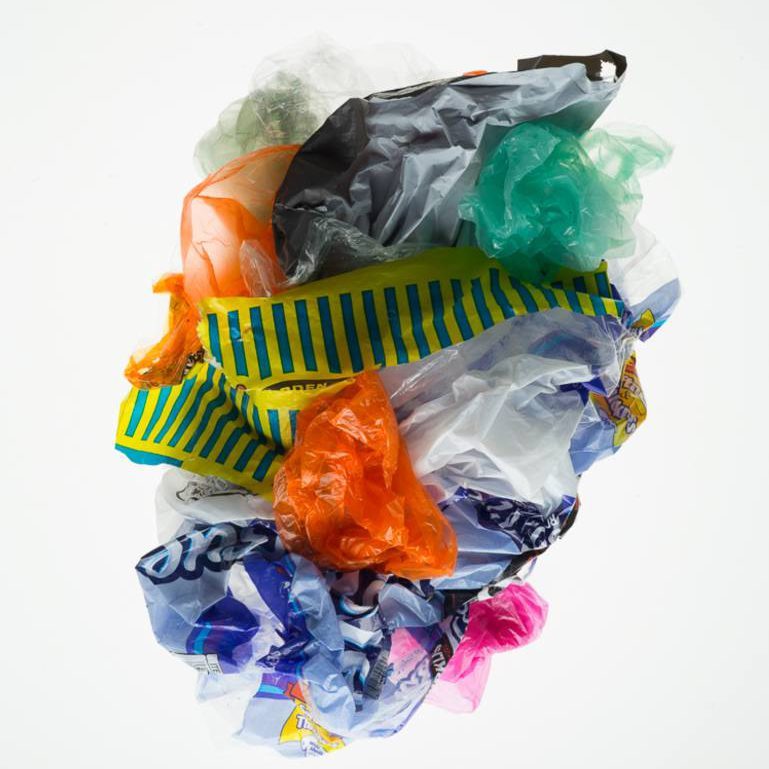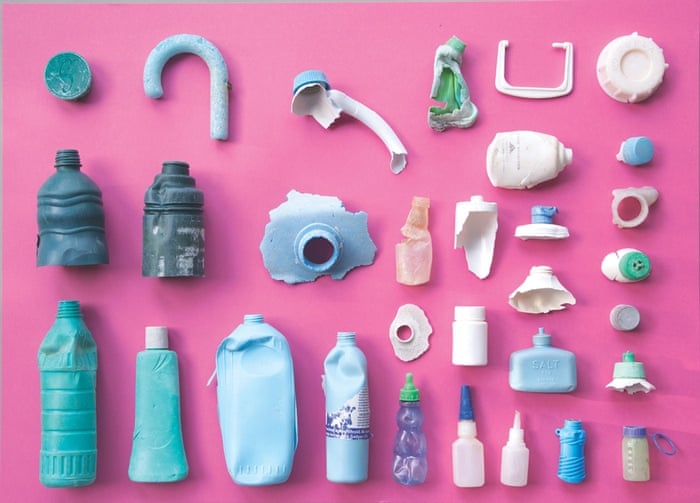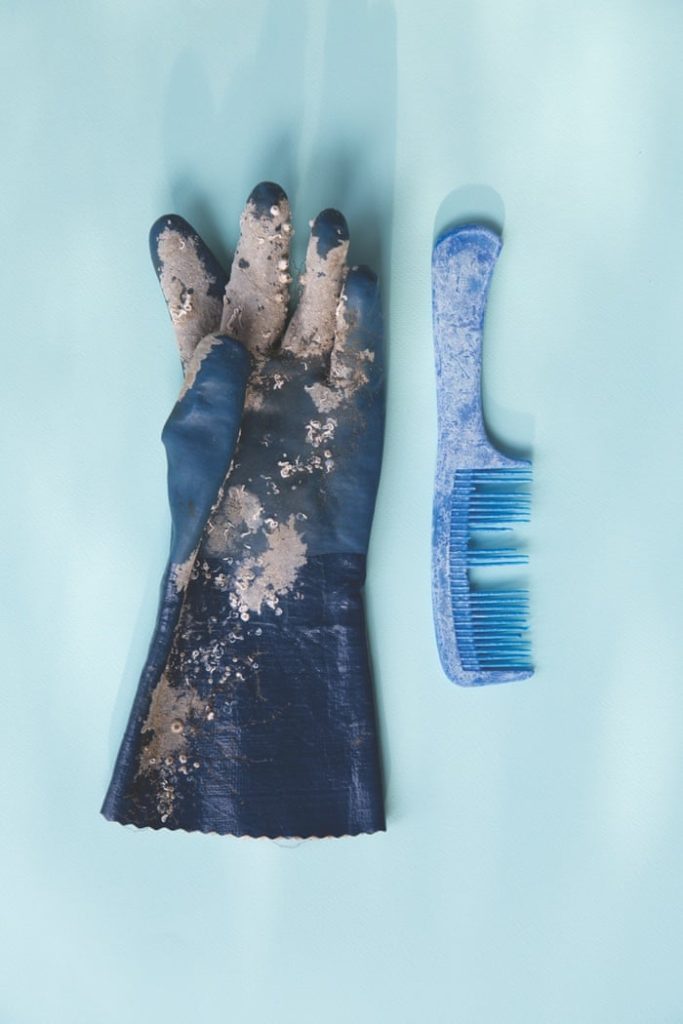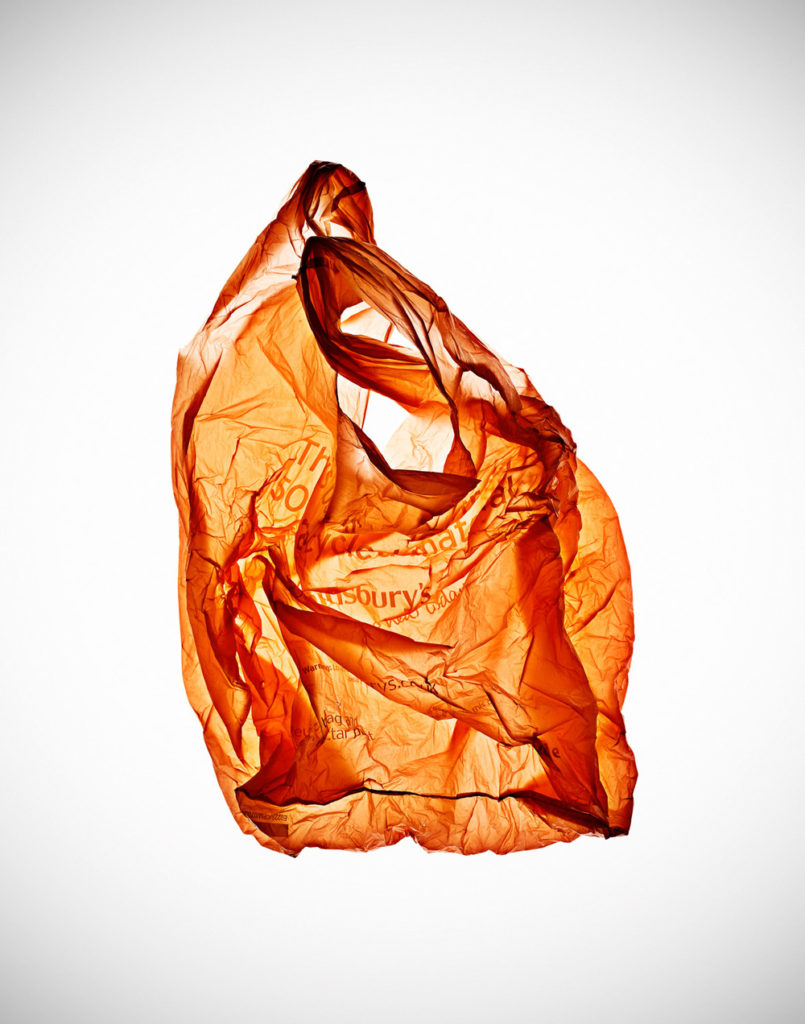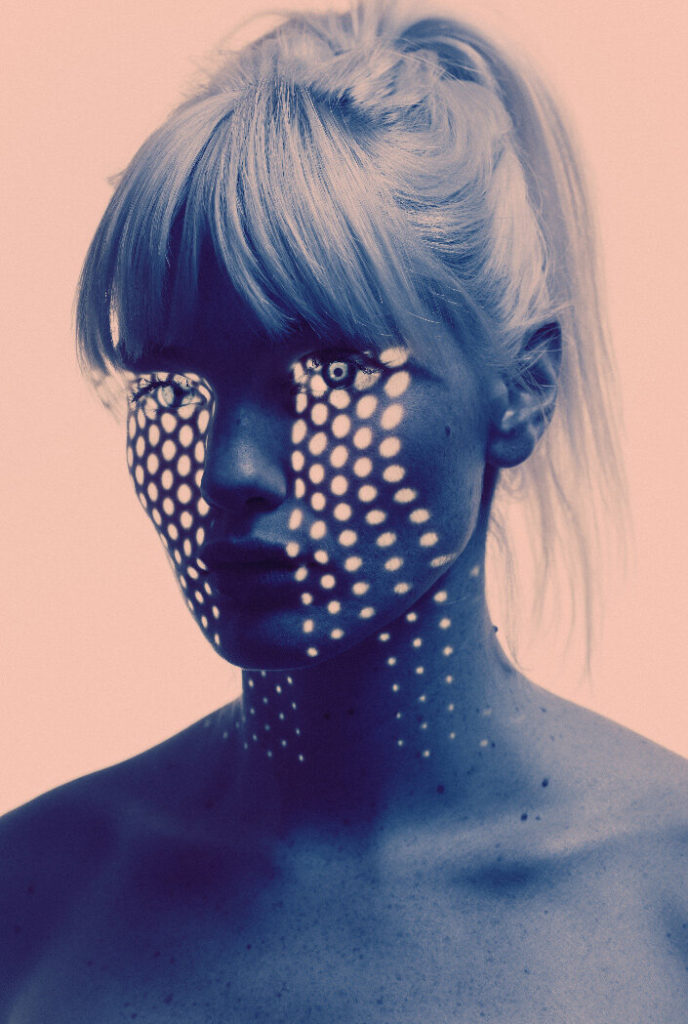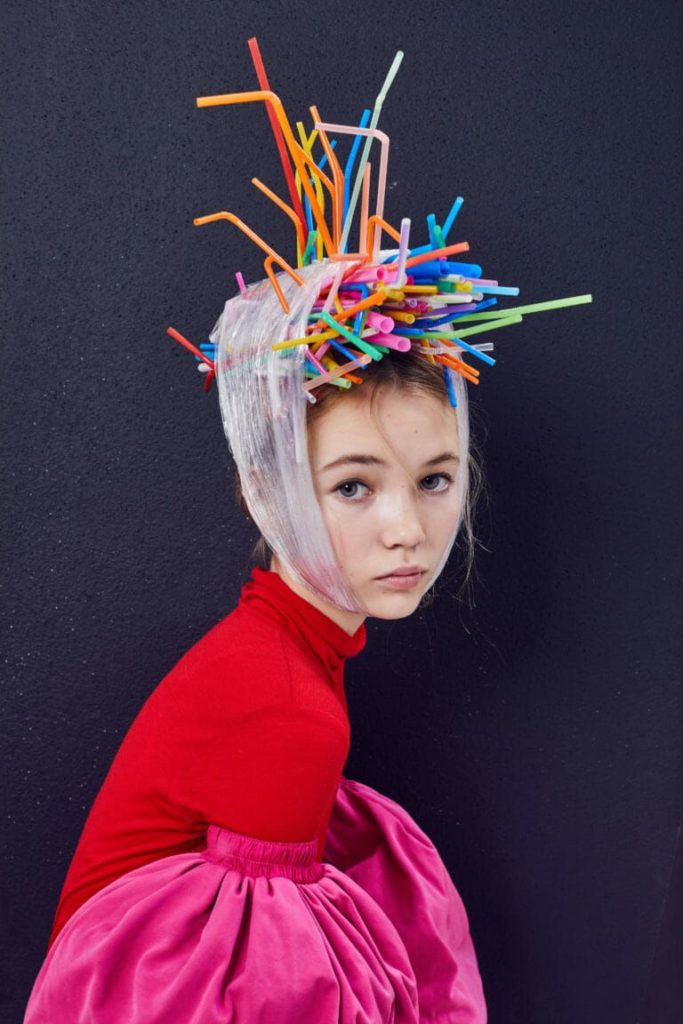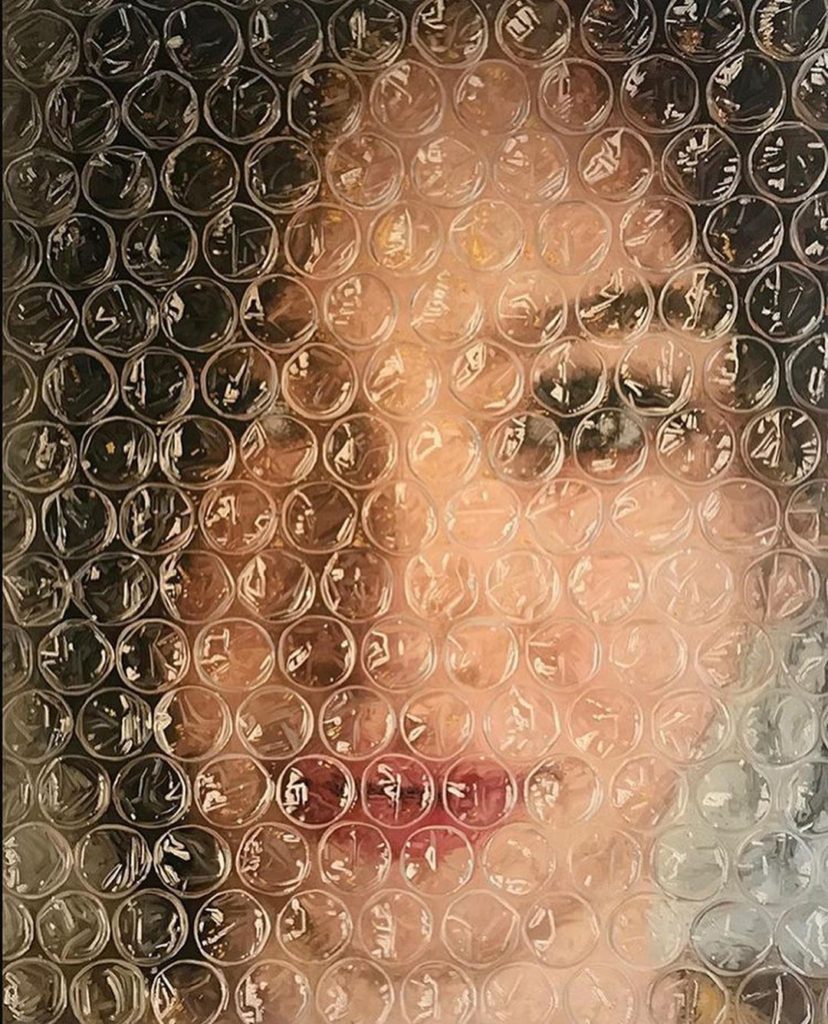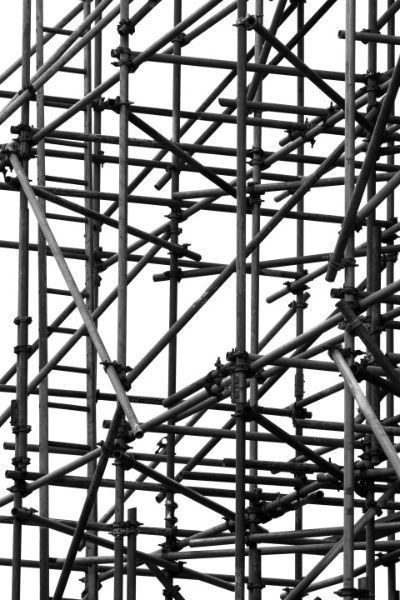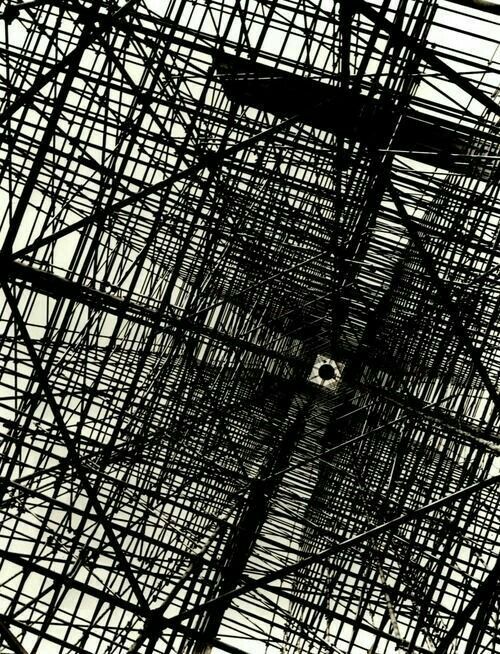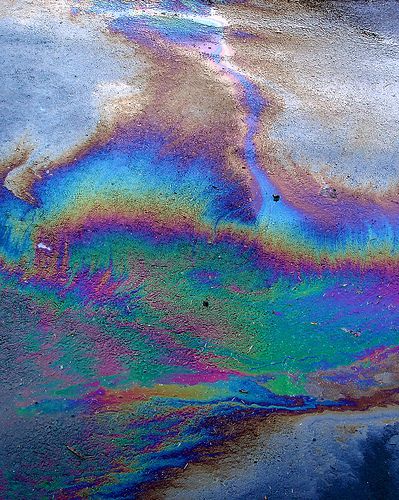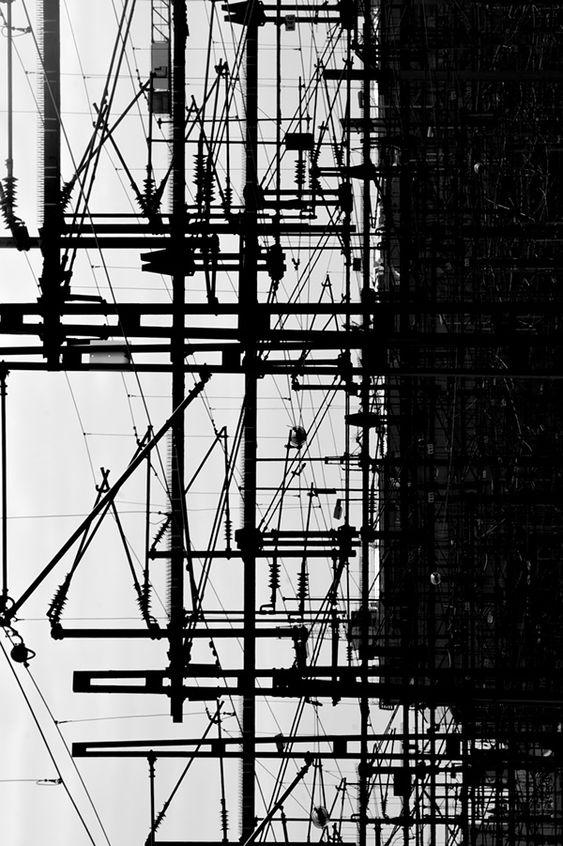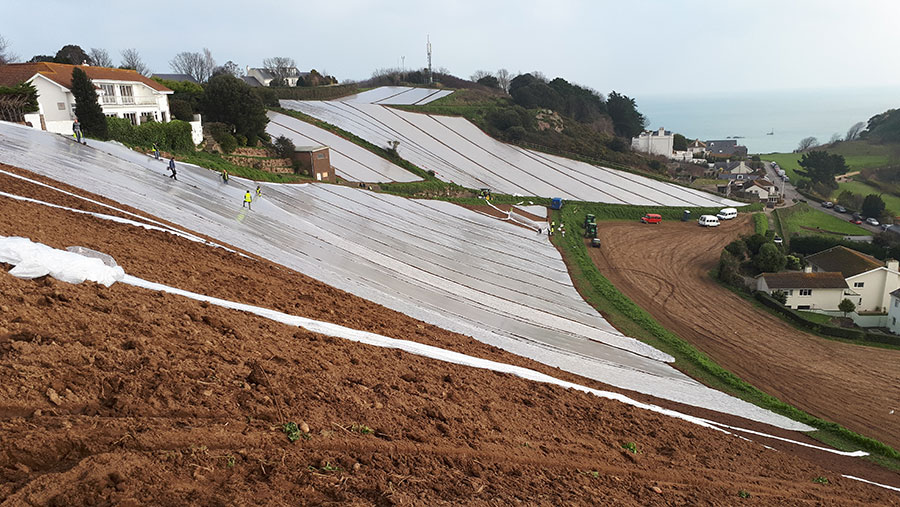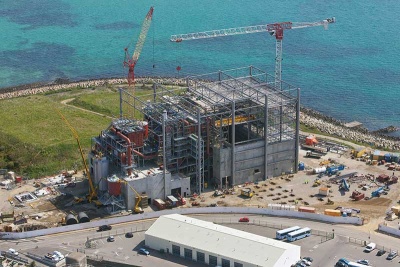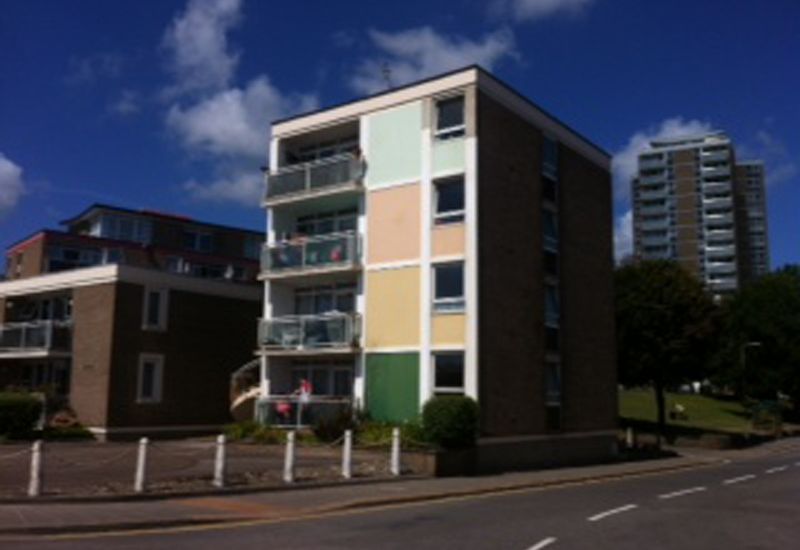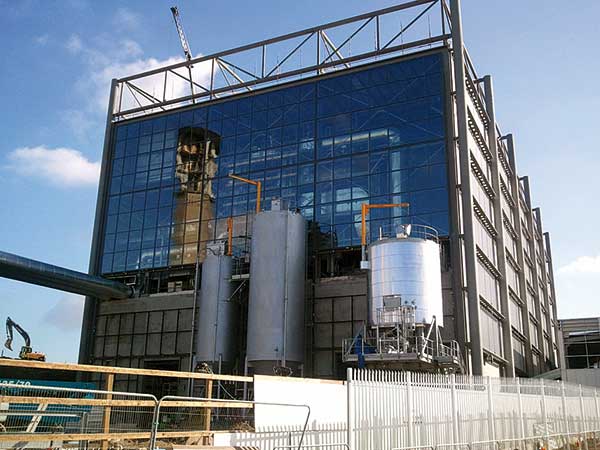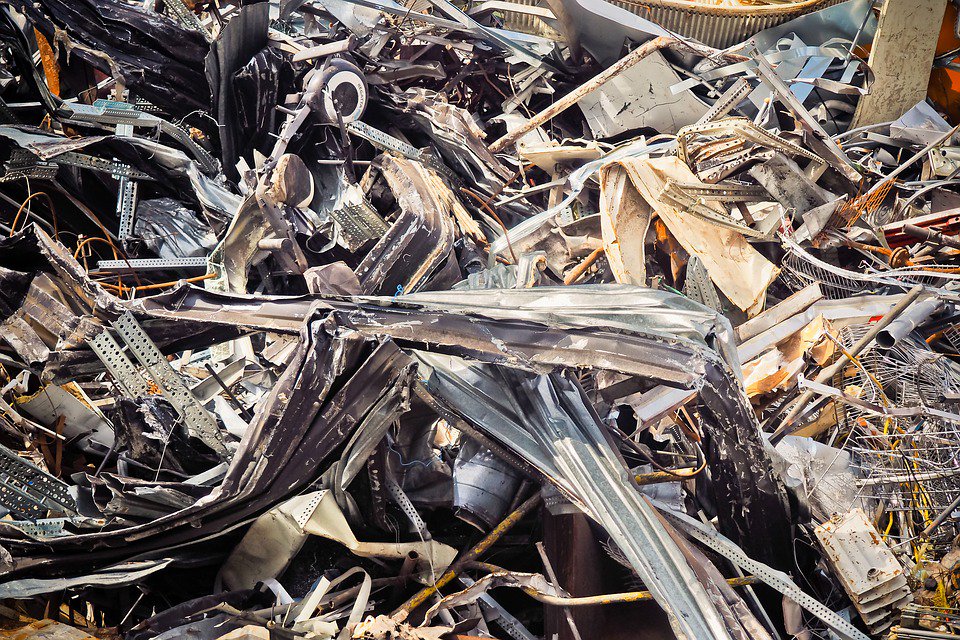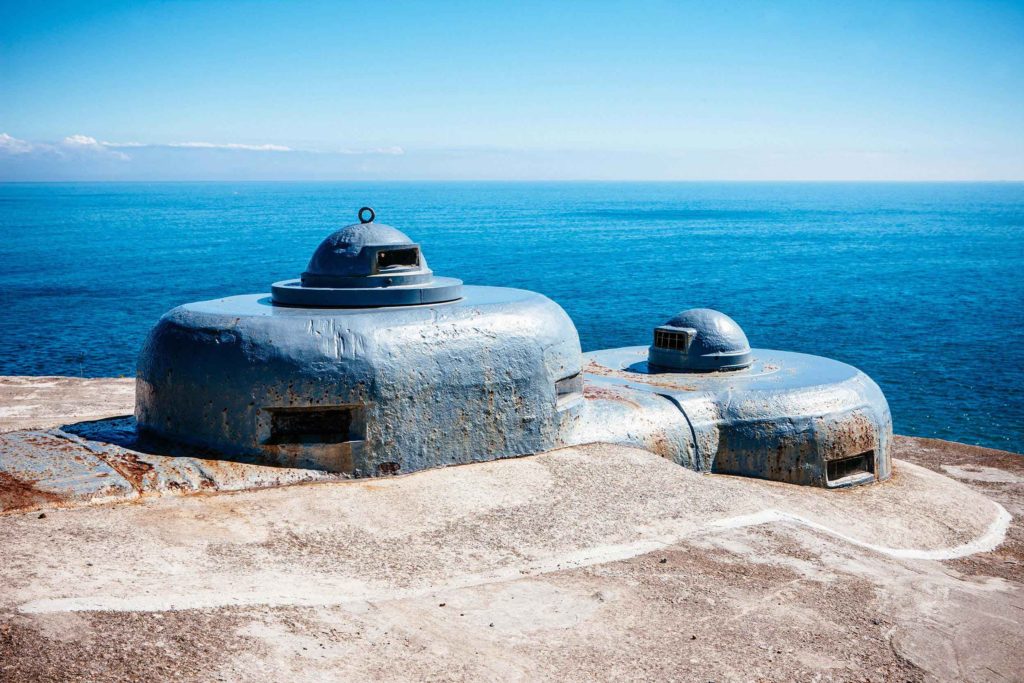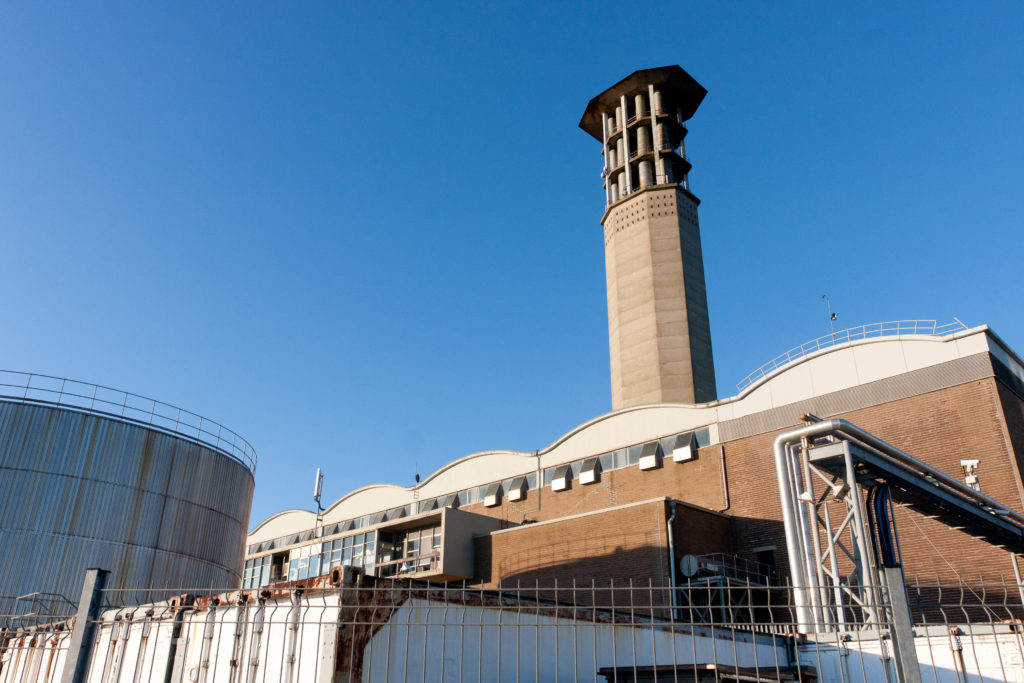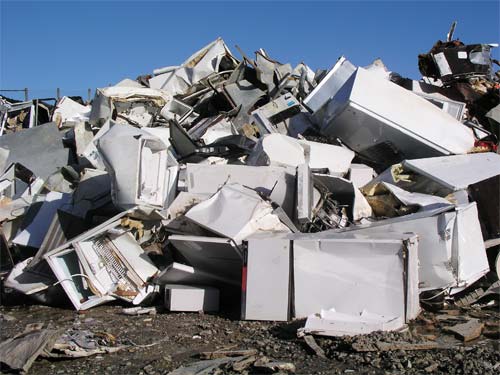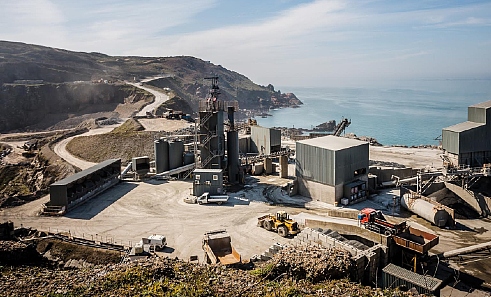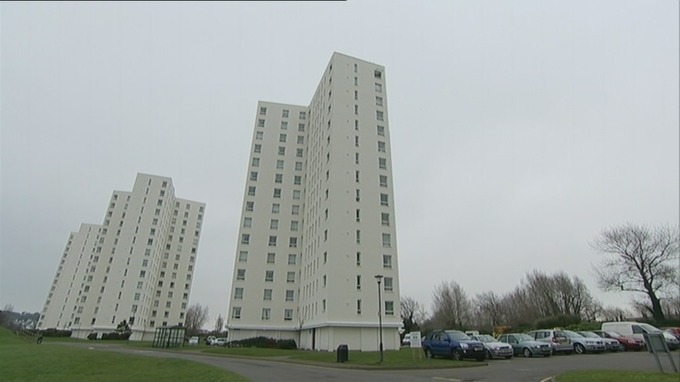
PHOTOGRAPHY CONTROLLED CONDITIONS
Mon 23th May – Wed 25th May inclusive (15 hours)
Groups 12C + 12D Periods 1-5 Mon 23rd May, Tues 24th, Wed 25th May…
- Select, edit and arrange final images
- Complete all relevant and supporting blog posts
- Add final images to print folder
- Frame up / mount all available prints
- Review blog and make improvements
“ANTHROPOCENE”
We have included a mini-unit to help you explore further opportunities within photography. We will spend time looking closely at this and discussing ideas with you…
Remember…your stimulus for the Controlled Conditions is…
ANTHROPOCENE
- What is Anthropocene?
- How and why should we tackle this topic through photography?
- Use your skills and knowledge to date to tackle and approach this theme. ie: abstract, portraiture, identity, landscape, studio based photography etc. – YOU DECIDE!
DISCUSS
Now watch this and discuss the way in which various photographers have responded to this theme…
Blog Posts to make : CHECKLIST
- Define “Anthropocene” and explain what it is.
2. Add a mindmap and moodboard of images, ideas and trigger points on your chosen genre ie: portraiture, studio (object or portraiture), abstract, landscape etc.
3. Choose two photographers that you feel explore Anthropocene through your chosen genre of photography that interest you and create a CASE STUDY on both and then compare them using a writing structure to help you. https://hautlieucreative.co.uk/photo22al/2020/08/21/the-formal-elements/
(These photographers will directly influence your final outcomes re : MOCK EXAM)
4. Organise and carry out your photo-shoots !!! You MUST complete a minimum of 2 PHOTO-SHOOTS (100-200 photos) in readiness for the mock exam itself. Responding to the theme of Anthropocene in your chosen genre.
5. Edit, select and develop your photographs and post contact sheets.
6. Produce a comparative analysis between one of your photographs and an image of one of your chosen photographers – discuss similarities and differences.

7. Develop your ideas through your images by editing, making decisions, reviewing and refining – selecting your collection of images or image as your final response to Anthropocene.
Your final outcome could be an image, a collection of images, an altered landscape, a small zine, an exhibition in a virtual gallery, a projected image etc, etc.
8. Ensure your write an evaluation that comments on your original intentions (what you set out to do) and how your realised those intentions. Is your outcome successful? Comment on strengths and successes.
LANDSCAPE – urban / industrial
Example : Constructed Seascapes
Take a look at these photographic images (click on each image to expand):
GUSTAVE LE GRAY – THE GREAT WAVE, 1857. ALBUMEN PRINT FROM COLLODION-ON-GLASS NEGATIVE.
- Both could be described as landscape pictures. What kinds of landscapes do they describe?
- What similarities do you notice about these two pictures?
- What differences do you notice?
- What words/phrases best describe each of these landscapes?
- In which of these landscapes would you prefer to live?
A bit of research…
Read the following descriptions about the making of these images:
| Gustave Le Gray – The Great Wave, 1857 | Dafna Talmor – from Constructed Landscapes II |
| ‘The Great Wave’, the most dramatic of his seascapes, combines Le Gray’s technical mastery with expressive grandeur […] At the horizon, the clouds are cut off where they meet the sea. This indicates the join between two separate negatives […]Most photographers found it impossible to achieve proper exposure for both landscape and sky in a single picture. This usually meant sacrificing the sky, which was then over-exposed. Le Gray’s innovation was to print some of the seascapes from two separate negatives – one exposed for the sea, the other for the sky – on a single sheet of paper. | This ongoing body of work consists of staged landscapes made of collaged and montaged colour negatives shot across different locations, merged and transformed through the act of slicing and splicing […] ‘Constructed Landscapes’ references early Pictorialist processes of combination printing as well as Modernist experiments with film […] the work also engages with contemporary discourses on manipulation, the analogue/digital divide and the effects these have on photography’s status. |

Think about creating landscapes that relates to your commentary, possibly Vilde Rolfsen’s work on Plastic Bag Landscapes…

or Yao Lau, who creates contaminated landscapes using landfill sites and mounds of derelict rubble.
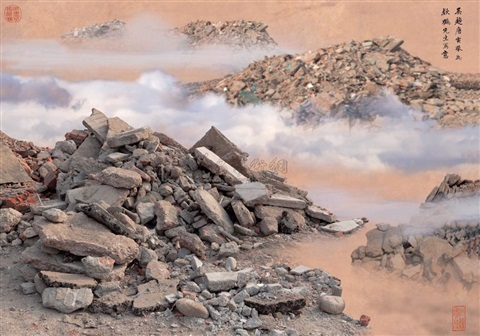
…or Alice Weilinga and her adapted images of North Korea and the contrast of the “the dream” versus the reality of working life in an oppressive state
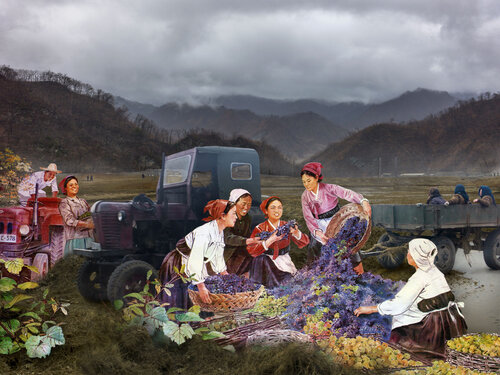
Links to inspirational artists and ideas…
https://www.lensculture.com/articles/ingrid-weyland-topographies-of-fragility
https://www.lensculture.com/articles/julie-hamel-altered-negatives
https://www.lensculture.com/articles/william-eggleston-the-outlands
https://www.lensculture.com/solo-exhibition/peter-franck-lost-found-and-seen
https://www.lensculture.com/articles/sara-cuce-memory-of-the-eyes
https://www.lensculture.com/articles/tobias-kruse-deponie-landfill
https://www.lensculture.com/articles/charlotta-hauksdottir-a-sense-of-place
https://www.lensculture.com/articles/ohad-matalon-across-a-dark-land
https://www.lensculture.com/articles/the-most-fantastic-the-most-fantastic-rocks
Some other suggestions for you to look at…
- Edward Burtynsky…nature transformed through industry
- George Marazakis…humanity’s effect on Earth
- Sebastiao Salgado…documentary photographer and photojournalist, respect for nature while also sensitive to the socio-economic conditions that impact human being
- J. Henry Fair…uses pictures to tell stories about people and things that affect people.
- David Maisel…radically human-altered environments.
- Camilo Jose Vergara…documentation of American slums and decaying urban environments.
- Andrew Moore…the effect of time on the natural and built landscapes.
- Yves Marchand & Romain Meffre….modern ruins.
- Yao Lu… contaminated landscapes – created from landfills and mounds of derelict rubble.
- David T. Hanson… waste land.
- Troy Paiva…”Urban Explorer” investigating the ruins of “Lost America”.
Obviously, you can also use past photographers we have looked at throughout the landscape unit, especially industrial and urban landscape photographers. (see below)
- Alexander Apostol
- Bernd & Hilla Becher
- Donovan Wylie
- Edward Burntsky
- Frank Breuer
- Gerry Johansson
- Joel Sternfeld
- Josef Schultz
- Lewis Baltz
- Noemie Goudal
- Darren Regan Harvey
OBJECT – studio lighting
You can also use your skills to produce an object based project. Looking at how objects might reflect the theme of Anthropocene. ie: single use plastics, disposable objects, waste, rubbish etc.
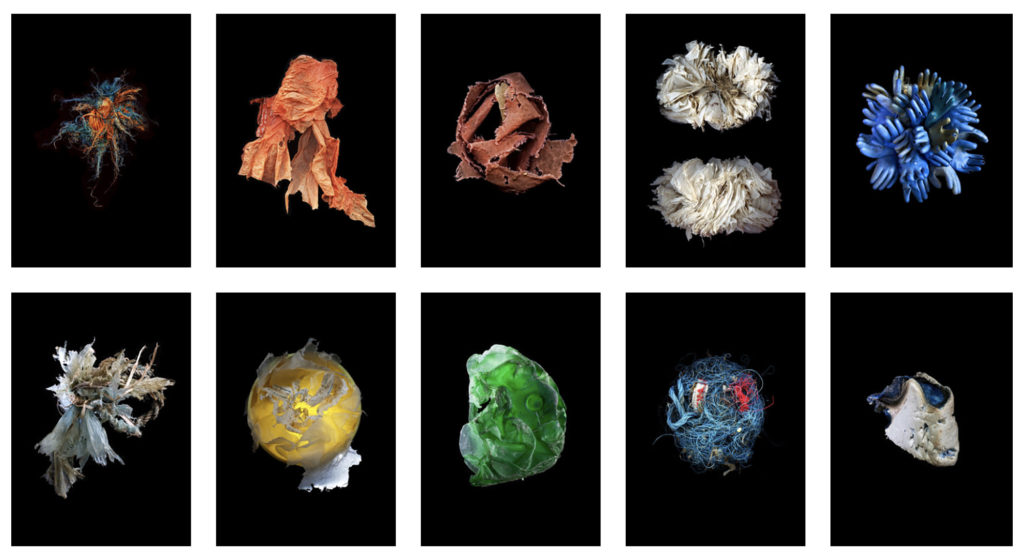
Mandy Barker
Barry Rosenthal – collection of discarded plastic objects.
Jerremy Carroll – choked by plastics in the ocean.
Naomi White – beauty in plastic bags.
Sophie Thomas – found, discarded plastics/rubbish.
Steven Gallagher – plastic bag topology photography
Mandy Baker – marine plastic debris
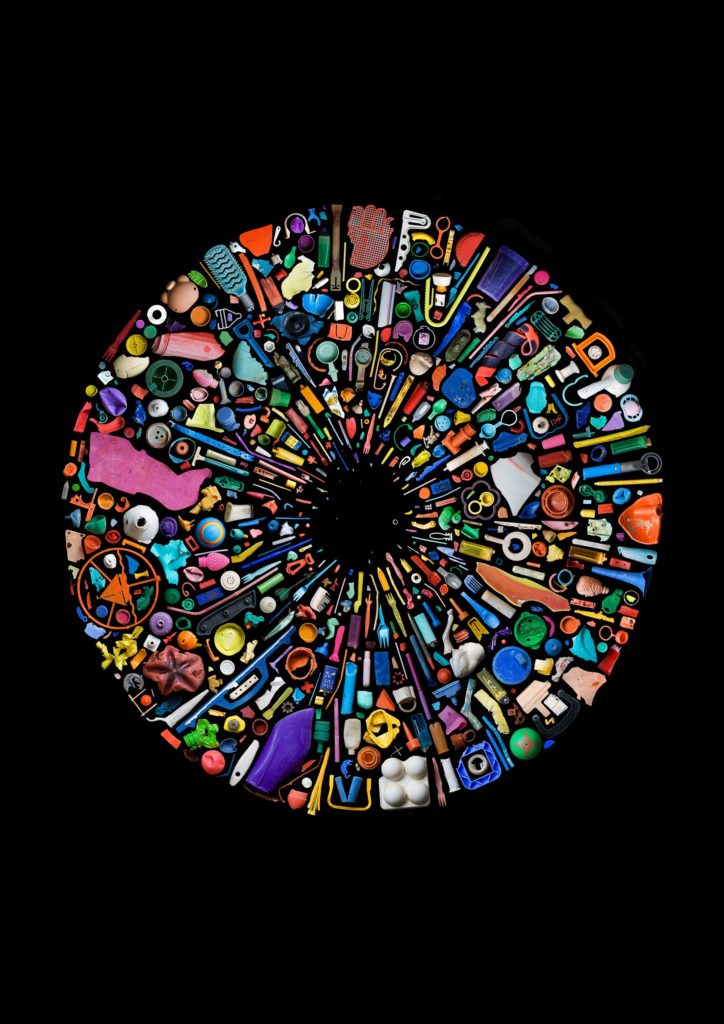
PORTRAITURE

You might decide to explore Anthropocene through the genre of portraiture photography. How you do this is up to you? Below are some images that may challenge the viewer! Draw them into thinking about Anthropocene and how or what has been altered by human impact on Earth.
Craig McDean – coloured plastic/fashion portraits/masks

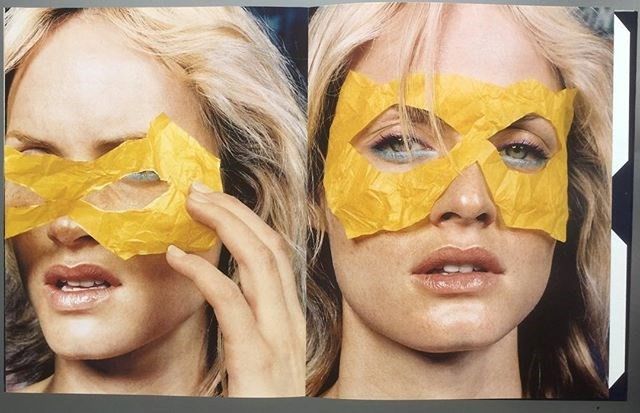
Nick Fancher – distorted vision/image
Vika Pobeda – fashion photographer using plastics as props
Darian Mederos – distorted view
ABSTRACT
You may focus on and wish to respond through the genre of abstract photography. Look back to the photographers from your first unit or discover new ones. Below are just some images to help you to engage in the topic.
The Anthropocene defines Earth’s most recent geologic time period as being human-influenced, or anthropogenic, based on overwhelming global evidence that atmospheric, geologic, hydrologic, biospheric and other earth system processes are now altered by humans.
The word combines the root “anthropo”, meaning “human” with the root “-cene”, the standard suffix for “epoch” in geologic time.
THINK
What and where are you going to photograph and how you are going to take your images!!
Is it out and about, indoors, setting up your own lighting, collecting objects, photographing people, looking for abstract imagery etc.
Contacting Ronez quarry and gaining access to take photographs? Explore the industrial areas around La Collette – power station, recycling centre? The impact of farming on the land – plastic sheeting, poly tunnels etc, etc. Collecting washed up plastics from the beach. Asking family and friends to photograph them etc.
WHAT do you want to visually comment on?
•Plastics •Open cast mining •Urbanisation (concrete jungle) •Deforestation •Mass Wastage •Non Recycling •Disposable Society (‘throw away’) •Land Erosion •Climate change •Over population •Poverty (social divides) Rich/Poor •Climate change •Ozone layer •Natural Resources (fossil fuels – oil/coal etc) •Industrialisation – POLLUTION air, ocean, light etc.
YOUR POLITICAL STANCE
You may decide that you want to make a statement on the current situation in Jersey. Take images that may evoke discussions to do with over population, the housing crisis, social divides (rich/poor), securing National Park land etc, etc.
Below are helpful links:
The period during which human activity has been the dominant influence on climate and the environment.
The IMPACT humans have had on the PLANET.
Where in Jersey is it anthropogenic?
- Open Cast Mining – Quarries: Ronez, St Peters Valley, Sand Quarry St. Ouens
- Power Stations – La Collette, Bellozane Sewage Treatment
- Urbanisation – St Helier: Grands Vaux, Le Marais Flats, Le Squez etc.
- Mass Wastage – La Collette recycling centre
- Disposable Society – La Collette recycling centre – refrigerator mountains etc
- Land Erosion – farming industry: poly tunnels, packing sheds, plastic covered fields etc. Old Glass Houses
- Over Population – poverty/social divides: Social Housing sites. Car Parks, traffic etc.
- Industrialisation – La Collette area, Bellozane, industrial estates. Desalination Plant, German Fortification (WW2)
Altered Landscapes

Altered landscapes focus on the process of using photoshop, or physically, in order to change the original composition of a landscape photograph. This may include changing the colours of the image, or in general changing the composition of the photo itself. For example cutting and pasting certain elements or adding forms of repetition or echo to the photograph.
Examples of altered landscapes



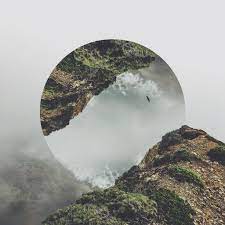
Altered landscapes inspired moodboard
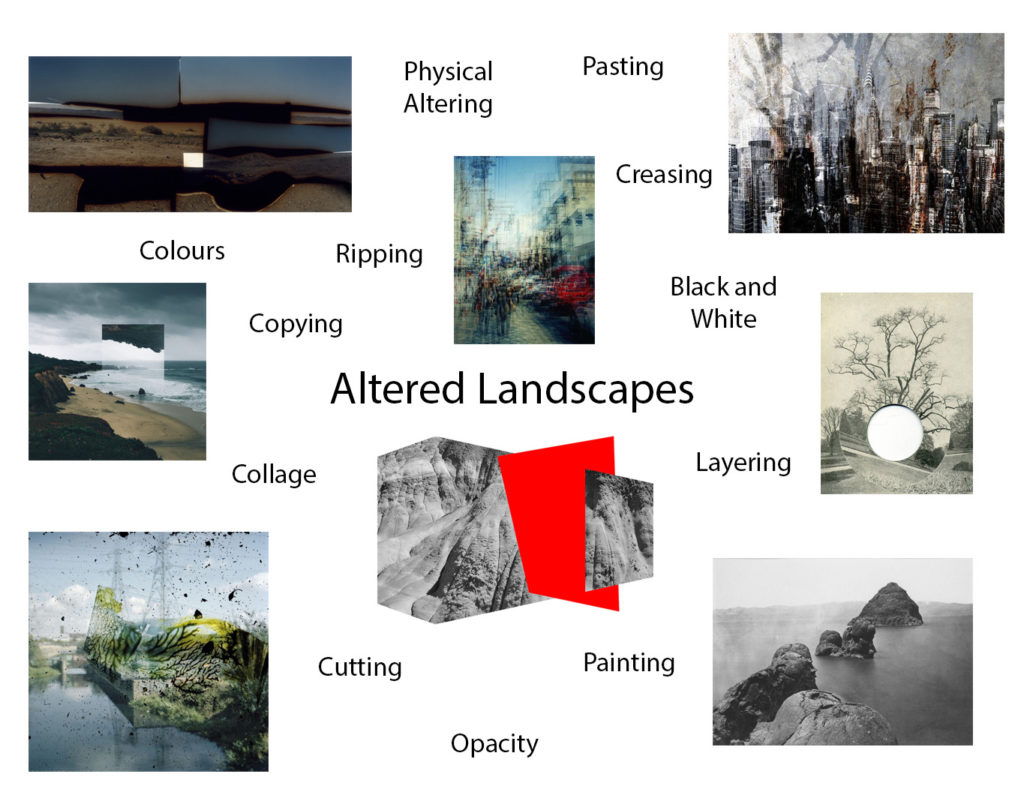
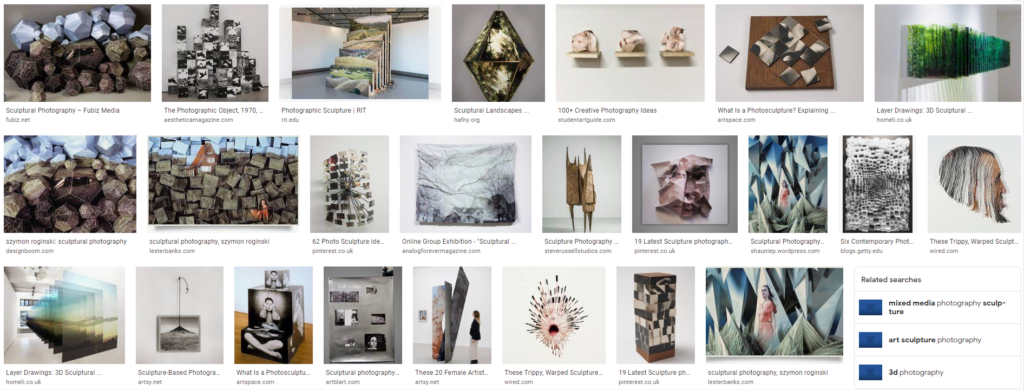
Follow the 10 Step Process and create multiple blog posts for each unit to ensure you tackle all Assessment Objectives thoroughly :
- Mood-board, definition and introduction (AO1)
- Mind-map of ideas (AO1)
- Artist References / Case Studies (must include image analysis) (AO1)
- Photo-shoot Action Plan (AO3)
- Multiple Photoshoots + contact sheets (AO3)
- Image Selection, sub selection, review and refine ideas (AO2)
- Image Editing/ manipulation / experimentation (AO2)
- Presentation of final outcomes (AO4)
- Compare and contrast your work to your artist reference(AO1)
- Evaluation and Critique (AO1+AO4)




